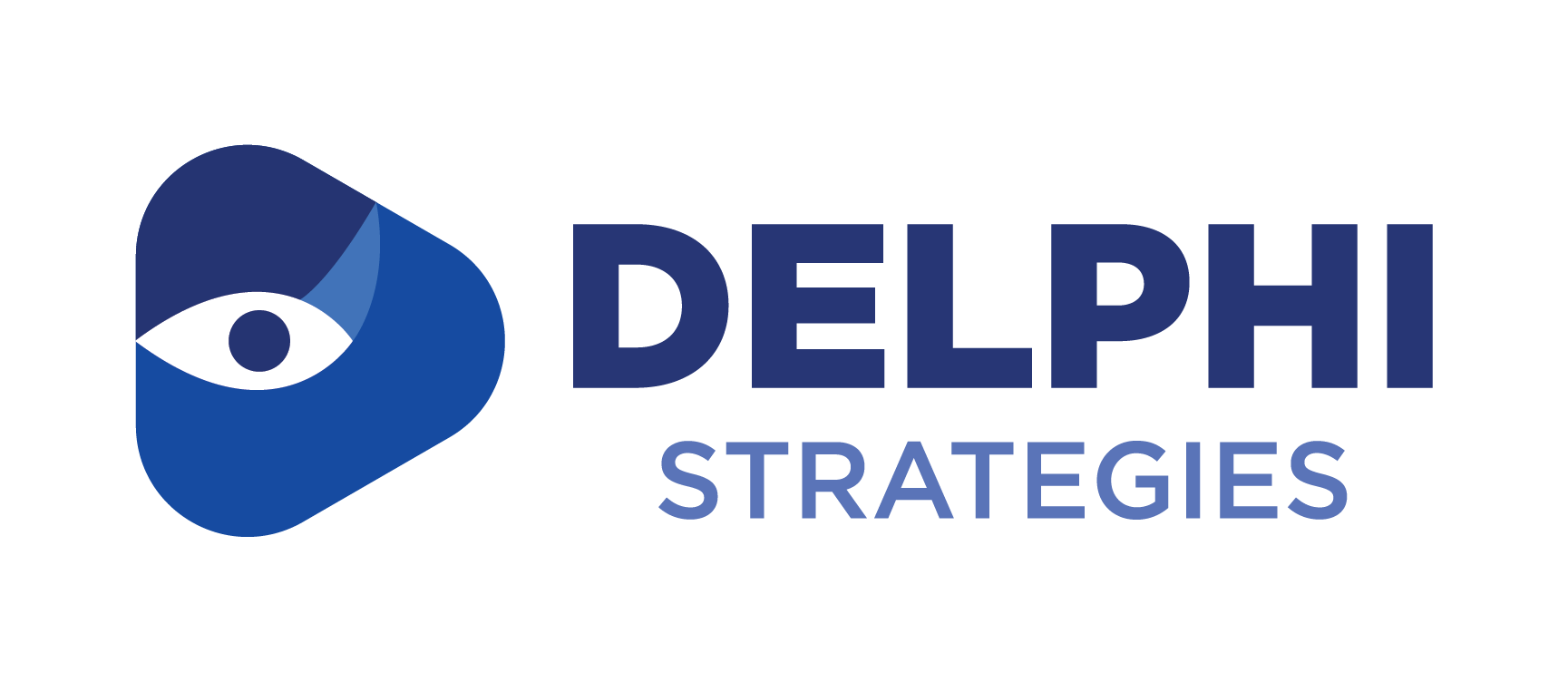It’s better to have direction than speed. I have seen many projects start without clearly defined goals. There are thousands of books out there on how to write clear and concise goals, how to write pitches, how to put together value propositions, how to assess ideas, etc. However, notice the common thread here: how. The hard, and often neglected part of goal-defining moves way beyond how by inviting in (with an open mind) the why and what, and the who. These essential factors require you to work out your biases and see your idea in comparison to what else is out there (your competition).
Here’s an example. I have had clients say they want to be the ‘thought leader’ on a given topic. However, they have not identified why they want this mantel, nor have they fleshed out what efforts and resources it would take to become acknowledged as a thought leader.
The goal-defining process is essential to the completion of a quality project. This first step should be collaborative and open-minded, and must account equally for two audiences in order to be successful: your company and your client.
“Management professor Paul C Nutt observed that half of the decisions in an organization fail. One main reason is that managers often define problems in a way that already points to a particular solution- which is often not the best one. Nutt suggests that managers should “open up the decision process to new possibilities” and “carry out an unrestricted search for solutions” instead of narrowly defining problems with an early biased towards a particular solution.” (Sternad, 2021)
By taking a creative problem-solving approach to defining your goals, your project will be equipped with the necessary tools for success from the beginning. Here are my steps for effective goal-defining that will help you properly align project goals with your company’s vision:
- Create a thesis that outlines your objective – This can be used as a starting point for discussion, testing, and iteration from both external and internal stakeholders.
- From an end-customer perspective
- From an internal company value perspective
- Identify the present state of the ecosystem
- Why is the world currently solving the problem a certain way?
- What are their most important goals in maintaining the status quo?
- Identify the potential future state of the ecosystem
- What would need to (globally) change for your solution to displace the status quo?
- How might the incumbent(s) see things differently?
- Why should you be the change agent?
- What is the timeframe for changing the ecosystem?
- What are you trying to achieve?
- Who will care about your capability or issue?
- Why this will be important to the people you are talking with
- When you should (and should not) engage the target audiences.

